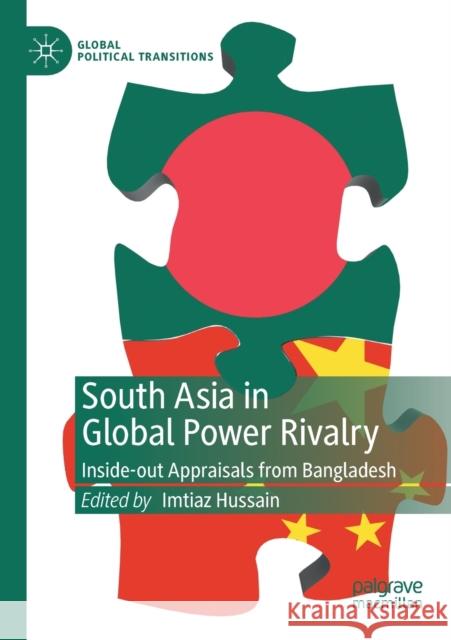South Asia in Global Power Rivalry: Inside-Out Appraisals from Bangladesh » książka
topmenu
South Asia in Global Power Rivalry: Inside-Out Appraisals from Bangladesh
ISBN-13: 9789811372421 / Angielski / Miękka / 2020 / 320 str.
South Asia in Global Power Rivalry: Inside-Out Appraisals from Bangladesh
ISBN-13: 9789811372421 / Angielski / Miękka / 2020 / 320 str.
cena 322,01
(netto: 306,68 VAT: 5%)
Najniższa cena z 30 dni: 308,41
(netto: 306,68 VAT: 5%)
Najniższa cena z 30 dni: 308,41
Termin realizacji zamówienia:
ok. 22 dni roboczych
Dostawa w 2026 r.
ok. 22 dni roboczych
Dostawa w 2026 r.
Darmowa dostawa!
Kategorie BISAC:
Wydawca:
Palgrave MacMillan
Seria wydawnicza:
Język:
Angielski
ISBN-13:
9789811372421
Rok wydania:
2020
Wydanie:
2019
Numer serii:
000816643
Ilość stron:
320
Waga:
0.40 kg
Wymiary:
21.01 x 14.81 x 1.78
Oprawa:
Miękka
Wolumenów:
01
Dodatkowe informacje:
Wydanie ilustrowane











